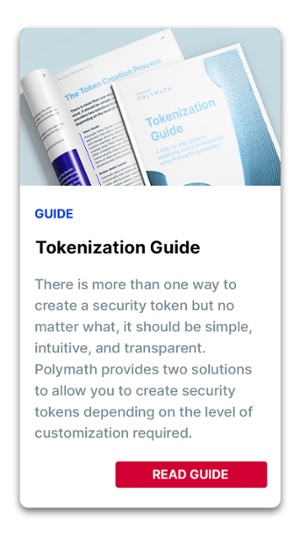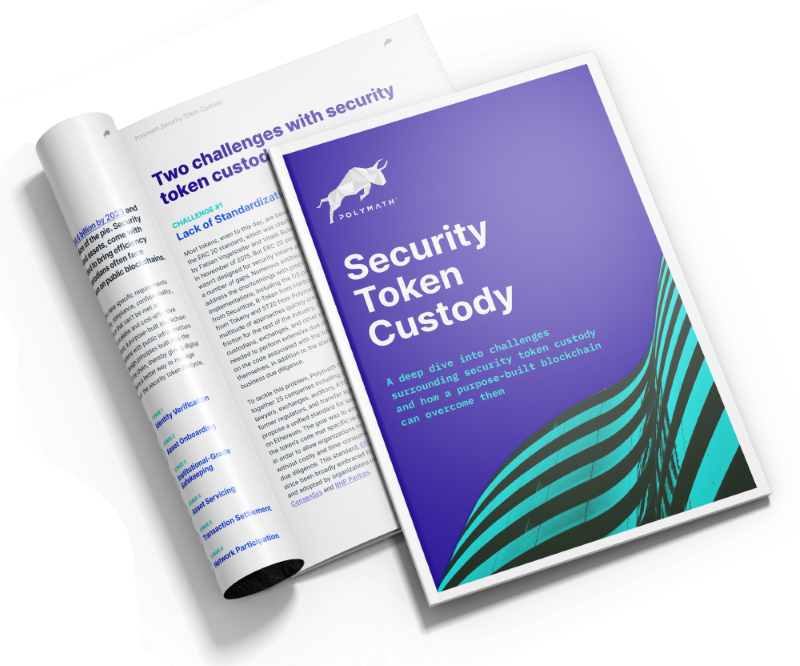With tokenization, many of the traditionally laborious and manual processes involved in bringing securities to public and private markets may be transferred to the blockchain and automated. This benefits issuers and investors in a wide variety of ways from increasing efficiency to reducing room for error, which ultimately bring significant reductions in cost.
Tokenization also has the potential to transform the market by opening investments to a wider global pool of investors and facilitating the innovation of new product offerings. Precisely because of their digital nature, security tokens may not only represent ownership of traditional assets like publicly traded equity or bonds, but also traditionally illiquid assets like private placements, real estate, or fine art.
Tokenization also has the potential to transform the market by opening investments to a wider global pool of investors and facilitating the innovation of new product offerings.
Let’s take a more detailed look at the benefits of tokenization.
The Benefits of Tokenization
Utilizing blockchain technology brings increased efficiency and reduced error to the creation, issuance, and management of securities, which ultimately reduces cost as well. But tokenization is profitable in other ways, too.
Tokenization also increases liquidity of traditionally illiquid, non-fractionable assets like real estate. For investors, this means increased democratization and the ability to diversify one’s portfolio with access to previously unavailable assets.
While the list of benefits from tokenization is long, here are a few key benefits that leveraging blockchain technology promises to offer issuers and investors:
- Increased Efficiency: utilizing blockchain technology removes the need for legacy middlemen, resulting in reduced settlement time and cost savings for issuance as well as other processes (i.e. corporate actions, reconciliation)
- Reduced Cost: automation, transparent record keeping, and reliance on public internet leads to significant reductions in cost, with blockchain reducing bond issuance costs by up to 90% while reducing fundraising costs by up to 40% compared to traditional private placement
- Better Compliance: the financial industry spends $181b per year on compliance, but blockchain reduces the risk of error and makes it cheaper and easier to manage complex compliance requirements by programming compliance rules directly into each token
- Improved Liquidity: there is an estimated $4 trillion locked in private equity and trillions in real estate, but tokenization opens assets up to a global investor pool and provides a way to trade previously illiquid or non-fractionable assets (like private placements and real estate)
- Increased Transparency: the blockchain promises to provide one golden source of truth for all parties to rely on, which helps keep the cap table updated and reduces disputes around record keeping
- Facilitated Innovation: programmable contracts and shared ledgers can create fractionalized real estate, liquid revenue share agreements, dynamic ETFS, and other previously unmanageable offerings
The Tokenization Process
It’s easy to list the benefits of tokenization, but there’s a lot of confusion about how the process works. How can security tokens actually be created, distributed, and managed?
There is more than one way to create a security token, but no matter what, it should be simple, intuitive, and transparent. Polymath technology easily facilitates the entire tokenization journey, from security token creation to the management of assets that can trade on secondary markets.
There is more than one way to create a security token, but no matter what, it should be simple, intuitive, and transparent.
In our Tokenization Guide, we cover the 5 key steps to tokenizing assets. The guide provides examples of what these look like using Polymath technology, but these 5 steps are fairly uniform across the board. Typically, the tokenization journey will begin with the following:
- Ecosystem assembly
The complete tokenization journey involves more than just token creation. Issuers need to think of the full digital asset lifecycle and ensure that each piece fits together, from beginning to end.
Token issuance requires a network of KYC/AML providers, legal firms, broker-dealers, custody agents, cap table management providers, advisory partners and others.
Learn more about ecosystem assembly. - Security token creation
Once a raise is structured and an ecosystem is mapped out, it’s time to configure a security token. No matter the asset type, token configuration should be simple and intuitive. Create security tokens that can programmably enforce jurisdictional regulations directly by using blockchain.
Learn more about security token creation. - Compliance set-up
Compliance automation is one of the main benefits of blockchain, and some studies indicate that blockchain can cut compliance costs by up to 50%. For optimal efficiency, a tokenization platform should enable faster processing and lower protocol fees that can scale as demand and complexity of regulation grows.
Learn more about compliance rules. - Token Distribution
Token distribution is the process of transferring tokens or funds to their intended recipients. Asset distribution on blockchain gives issuers an automated and reportable way to manage both initial token distribution as well as future distribution events.
Learn more about token distribution. - Corporate Actions Execution and Management
When managed by legacy processes, corporate actions are complex, labor-intensive, error-prone and costly. Blockchain technology improves the execution and management of corporate actions through automation and transparent record keeping.
Fast and easy dividend issuance, report generation, and new investor management also make it easier to thrive in the private market, enabling a path to liquidity.
Learn more about corporate actions.
As each issuance of a security is unique and the securities industry is highly-regulated, a one-size-fits-all approach can make it difficult to conform to investor demands and regulatory requirements. This is why understanding the full tokenization process is important.
By creating the right ecosystem and acting intentionally in every step of the tokenization journey, issuers will be better poised to reap the benefits of blockchain and its role in today’s financial markets.
Download our Tokenization Guide for further details on the steps involved in tokenizing an asset on the blockchain using Polymath’s technology.
To glimpse tokenization in action, check out our RedSwan Case Study, which explains how RedSwan CRE Marketplace was able to tokenize $2.2b in commercial real estate using Polymath technology– potentially the largest tokenization project by a single entity to-date.


